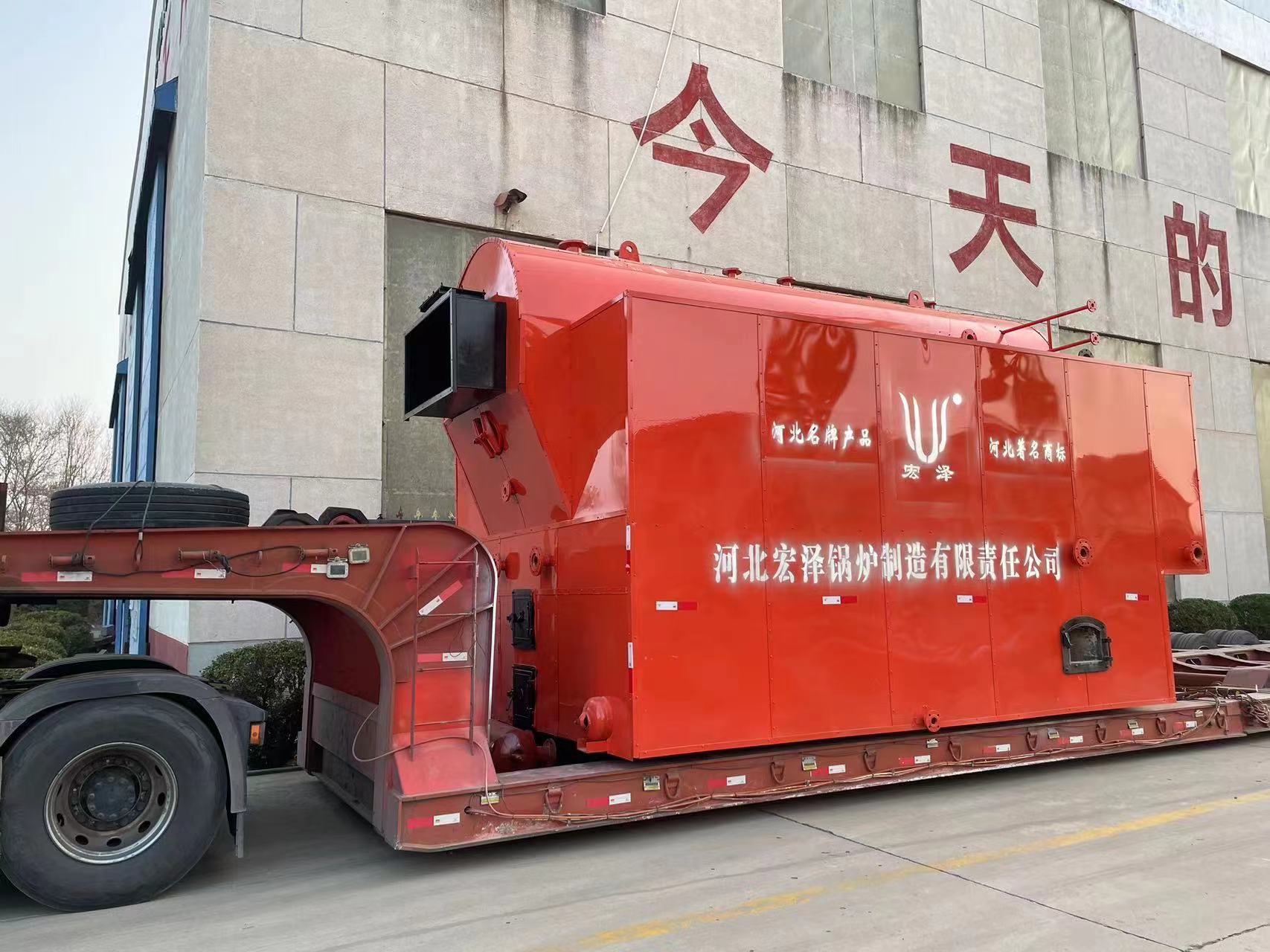
Oct . 19, 2024 17:44 Back to list
steam boiler corrosion
Understanding Corrosion in Steam Boilers
Steam boilers play a crucial role in a wide range of industries, providing essential heat and power for processes such as electricity generation, heating systems, and industrial operations. However, one of the most significant challenges faced by operators and engineers in maintaining these systems is corrosion. Understanding the causes, effects, and prevention strategies of corrosion in steam boilers is essential for prolonging their lifespan and ensuring efficient performance.
What is Corrosion?
Corrosion is a natural process that involves the deterioration of materials, typically metals, due to chemical reactions with their environment. In the context of steam boilers, corrosion can occur due to several factors, including the presence of oxygen, moisture, acids, and other corrosive substances in water. As steam boilers operate, water is heated to produce steam, and if the water quality is not adequately controlled, conditions conducive to corrosion can arise.
Types of Corrosion in Steam Boilers
1. Uniform Corrosion This type of corrosion occurs evenly across the surface of the metal and is often caused by a continuous exposure to corrosive substances. While it is relatively predictable, it can still lead to significant material loss over time.
2. Pitting Corrosion Pitting is a localized form of corrosion that results in small pits or holes on the metal surface. It can be particularly dangerous because it may go unnoticed until significant damage has occurred, leading to potential failures.
3. Crevice Corrosion This occurs in confined spaces or crevices where the flow of water is restricted. In steam boilers, this can happen in joints, flanges, or other areas where water may stagnate, leading to localized corrosion.
4. Galvanic Corrosion This type of corrosion happens when two different metals are in contact in the presence of an electrolyte, leading to accelerated corrosion of one of the metals. Proper selection of materials is vital to avoid this problem.
5. Stress Corrosion Cracking This form of corrosion occurs when a material is subjected to tensile stress in a corrosive environment. It often leads to sudden and catastrophic failures and is a significant concern in high-pressure steam systems.
Causes of Corrosion in Steam Boilers
The causes of corrosion in steam boilers can be manifold, but several key factors stand out
- Water Quality Impurities in the feedwater, such as dissolved oxygen, chlorides, and sulfates, can significantly exacerbate corrosion rates. Proper treatment of water before it enters the boiler system is essential.
steam boiler corrosion

- Temperature Higher temperatures can increase the rate of corrosion reactions. As steam boilers operate at elevated temperatures, careful monitoring is necessary.
- pH Levels The acidity or alkalinity of the water can greatly influence corrosion rates
. An improper pH level can lead to increased vulnerability to various corrosion types.- Poor Maintenance Regular maintenance is crucial. Neglected systems can become breeding grounds for corrosion, as sediments and scale buildup can lead to localized issues.
Prevention Strategies
To mitigate the risk of corrosion in steam boilers, several strategies should be implemented
1. Water Treatment Utilizing chemical treatments to eliminate dissolved oxygen and control pH can significantly lower corrosion rates. Regular testing of water quality and proper chemical dosing are essential.
2. Material Selection Choosing corrosion-resistant materials, such as stainless steel or specialized alloy materials, for key components can enhance the durability of the boiler system.
3. Regular Inspections Conducting routine inspections and maintenance can help identify corrosion early, allowing for timely interventions before significant damage occurs.
4. Proper Design and Operation Careful design considerations, including the elimination of dead legs and crevices where water could stagnate, can help reduce the risk of corrosion.
5. Monitoring Implementing corrosion monitoring systems can provide real-time data on corrosion rates, enabling proactive management strategies.
Conclusion
Corrosion is a pervasive issue in steam boiler systems that can lead to significant operational challenges. By understanding the types and causes of corrosion, as well as implementing effective prevention strategies, operators can enhance the reliability and longevity of their steam boiler systems. A proactive approach to maintenance not only protects equipment but also ensures the safety and efficiency of industrial operations.
-
High-Efficiency Commercial Oil Fired Steam Boiler for Industry
NewsJul.30,2025
-
High-Efficiency Biomass Fired Thermal Oil Boiler Solutions
NewsJul.30,2025
-
High Efficiency Gas Fired Thermal Oil Boiler for Industrial Heating
NewsJul.29,2025
-
High-Efficiency Gas Fired Hot Water Boiler for Sale – Reliable & Affordable
NewsJul.29,2025
-
High Efficiency Biomass Fired Hot Water Boiler for Industrial and Commercial Use
NewsJul.29,2025
-
High-Efficiency Biomass Fired Hot Water Boiler for Industrial Use
NewsJul.28,2025
Related PRODUCTS






















